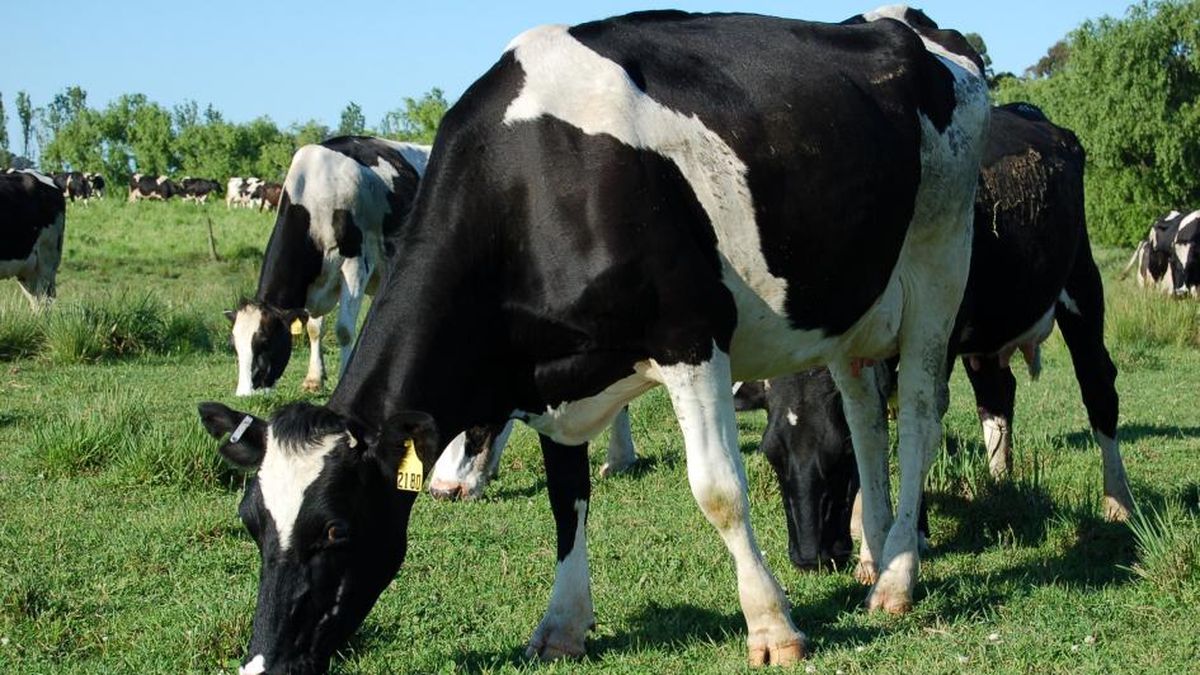He Uruguayan dairy sector is facing a growth that is not expected for this stage of the agricultural exercise, with this, several leaders of the activity spoke about the challenges that the sector has to overcome in order to move forward.
During the Expo Prado, which had its closing speech yesterday and which was even attended by the president, Luis Lacalle Poua conference was held regarding the challenges of dairy sector. The event was named: “Uruguayan dairy farming is not growing. Why can’t the challenges facing the sector be overcome?”, in which personalities such as the economist, Aldo Lema.
After the conference, a exchange table with the undersecretary of the Ministry of Livestock, Agriculture and Fisheries (MGAP), Ignacio Buffa, the vowel of Conaprole, Daniel Labordethe President of the National Association of Milk Producers, Néstor Cabreraand the President of the Florida Milk Producers Society, Fabián Hernández.
The price of commodities and technology
In this sense, the vice president of the Florida Milk Producers Society, Horacio Rodríguez, explained that there are several factors that produce the stagnation of the Uruguayan dairy sector and that it has to do, first of all, with the falling price of dairy products. commodities such as powdered milk, the country’s main export product.
However, he expressed hope for a rapid recovery in prices internationally. “I hope that what happened in 2014 does not happen, where the recovery took four or five years. When the fall is so pronounced, according to industrialists, the recovery is rapid. Let’s hope so,” he explained.
On the other hand, he highlighted the lack of technology in the sector, which would solve the problems through greater output. “There are very good quality technologies, but it is not adopted by all producers,” Rodríguez explained. However, he stressed that there is a sector that, if they worked to develop greater technology, like industry and unions. When the upper thirds of producers are managed, they always do well productively,” he added.
Rodríguez spoke specifically about the growth of the sector and assured that the National Milk Institute (Inale) has data about it. According to the institute, there are 30% of producers that are growing, another 30% that are stagnant and another 30% that are decreasing. “On that scale one would think that those who are most complicated are the small producersbut that is not the case because in the three scales there are large, small and medium-sized producers,” explained Rodríguez, who highlighted the importance of promote technology on all scales.
An agreement between the government and the sector
During Expo Prado an agreement between Inale and the National Institute of Agricultural Research (INIA), within the framework of Agricultural Technology Promotion Fund (FPTA)with the aim of reaching more markets, giving work to young people, encouraging the application of technology and taking care of the environment.
In this sense, the Ministry of Livestock, Agriculture and Fisheries (MGAP) confirmed the investment of 3 million dollars to “improve competitiveness and productivity” of the dairy sector. on a stage complex at an international level, The project “Managing the growth of dairy systems” seeks to improve the management of dairy farms, with the aim of increasing their net income and also environmental sustainability.
This was revealed by the minister Fernando Mattos, after signing the agreement with the president of Inale, Juan Daniel Vago; and the head of the INIA, Jose Bonica. “Very extensive work has been done to reach a consensus and reach the objective, which is to improve competitiveness and productivity,” said the head of the MGAP.
Regarding the agreement, which includes an expenditure of 3 million dollars to be executed in two phases of two and a half years each, Mattos expressed: “We are facing the enormous challenge of carrying out a dairy sustainable that generates the income of resources and income necessary for the activity to be sustained.”
Source: Ambito




